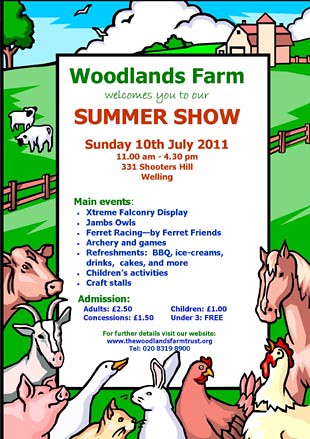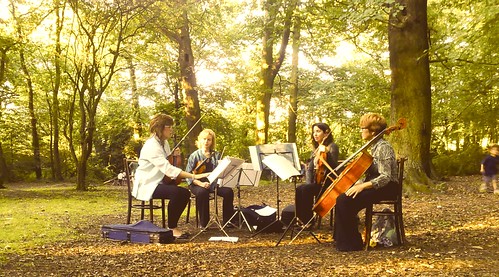Over the last two years that this site has been going, some useful and/or interesting maps have been added to the archives, unfortunately the ones which are just about to be added don’t really say anything in particular about the hill, although as a follow-up from the google based maps that went up a while ago, it’s a further method for ploughing through census data which might eventually reveal something, possibly.
Making ward maps can be done within-borough using ons and nomis, but because Shooters Hil is a frontier zone on the London Kent border, it’s worth considering similarities/differences with nearby Bexley wards too, with East Wickham being our nearest neighbour. Most out-of-the-box mapping programs don’t seem to be able to do this, concentrating instead on showing what’s happening within each Borough (presumably for strategic reasons). However, sometimes things don’t really work at the borough level, for instance although Shooters Hill regularly has the lowest crime rate in Greenwich (sometimes coming second to Coldharbour), the levels reported are roughly equivalent to, or even slightly more than those in nearby Bexley wards. So there is a reason for comparing wards in this way.
The maps shown below highlight gender population divisions during the stages of life from the age of 0–99, without really differentiating Shooters Hill from its neighbours in any meaningful way. What the maps do show are the wider trends, such as that in the first 20 years of life there tend to be more slightly more boys than girls (especially in Eltham North), and that subsequently this difference reverses. This could mean that after 20, more girls move into this part of the world, more boys leave, or perhaps that more girls return their census forms. Above the age of 70 women seriously begin to outnumber men, and this is an indication of gender differences in longevity. Perhaps as a result of this, the overall figures show that there are slightly more women than men in this whole area, with about 3% in it (at most). Interestingly, Eltham North stands narrowly apart on this measure, and this is possibly due to the slightly greater percentage of boys in the early years.
The colour scaling on the maps does tend to make differences appear quite strong, even when they’re not, and the gender divide is essentially the same everywhere — also the colour scaling is different on each map, making it harder to compare them to each other. By looking at correlations, the overall pattern in Shooters Hill is most like that of Kidbrooke and Hornfair, and least like that of Woolwich Common, although correlations are all very strong, and differences are negligible.
To sum up, gender differences do not show meaningful ward differences, with the most apparent difference being that Eltham North is a tiny bit less feminine than the other wards due to its concentration of young boys. Oh well, it was worth a try, there are after all over 100 more census measures to go through, by which time the new census will have come out (next summer), and it can start all over again…not really, the site hasn’t done much with local history for a while, and some readers were promised more on the woods Vs motorway story a long time ago, so the census can wait a bit for now.
Hover over the small maps to zoom in

